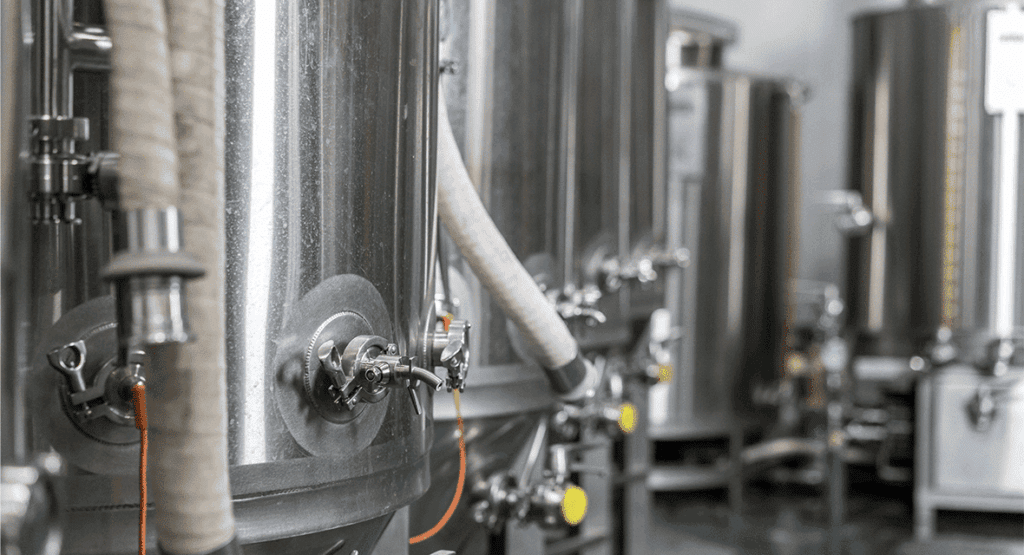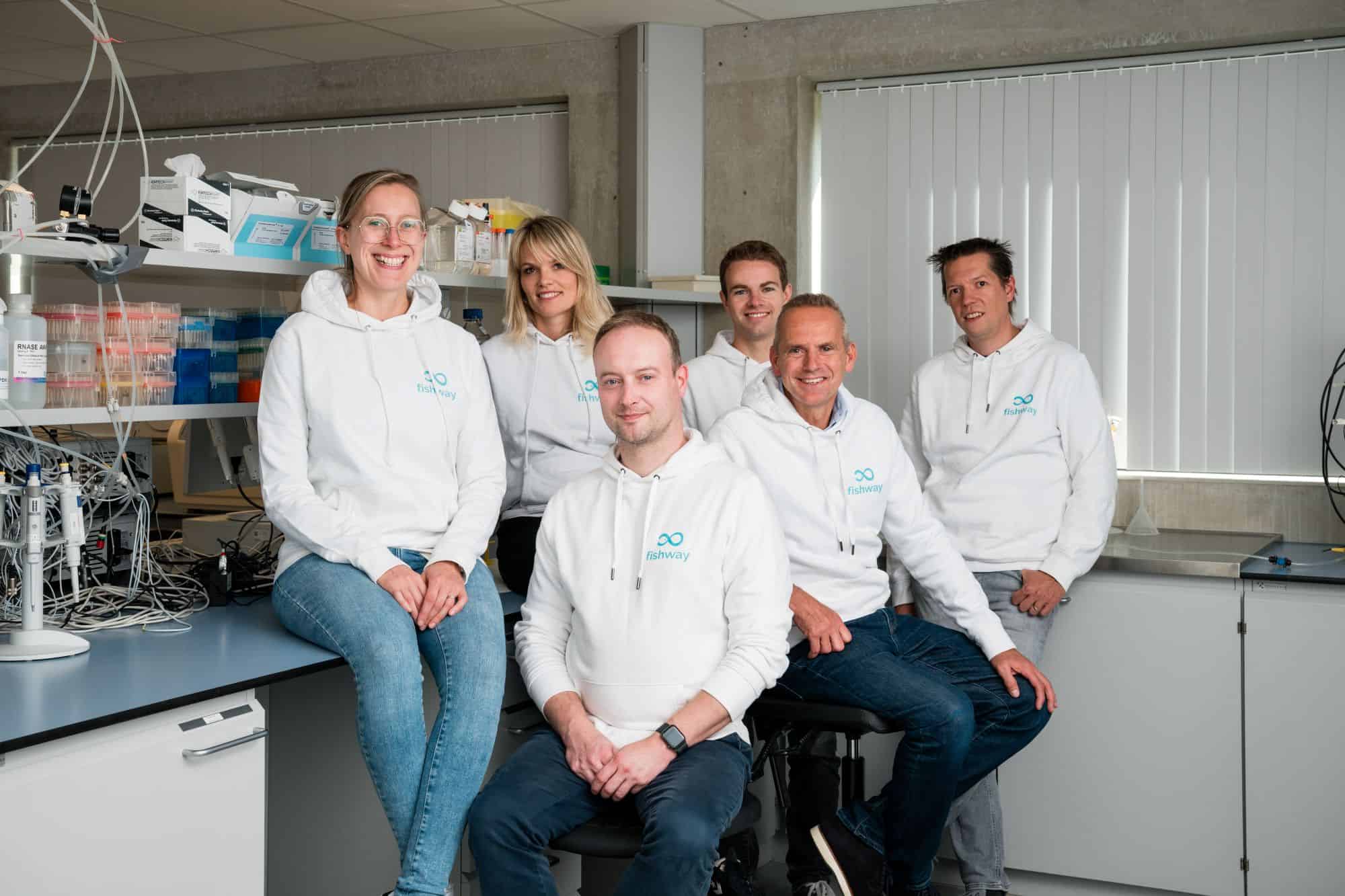Cultivated meat company Meatly has completed commissioning and its initial cell growth tests using a newly developed pilot-scale bioreactor with a 320-liter capacity. Designed in-house by Meatly’s research and development team, this bioreactor is priced at approximately £12,500, significantly lower than the typical pharmaceutical-grade bioreactors currently used in the cultivated meat sector, which can cost around £250,000 or more.
Culture media cost breakthrough
Meatly’s chief scientific officer, Helder Cruz, explained, “By reaching price parity, it then becomes a simple and easy choice for consumers to buy better meat for their pets.” According to Cruz, the company has also developed a culture medium currently costing 22 pence per litre, with expectations to reduce this to 1.5 pence per litre at scale. This figure is considerably below the industry benchmark of £1 per litre for culture media.
Cruz also addressed skepticism within the industry about achieving cost reductions at this scale, stating, “Many have cast doubt that the industry would ever reach this point, but we’re pleased to prove these critics wrong.”

Challenges with pharmaceutical-grade bioreactors
Traditional bioreactors sourced from the pharmaceutical industry are built to meet rigorous sterility, precision, and regulatory standards, which drives up their cost substantially. These models often adhere to Good Manufacturing Practice (GMP) compliance, further increasing capital investment requirements. Early-stage cultivated meat companies have relied on repurposed biopharma reactors due to the absence of dedicated food-grade equipment suitable for large-scale cell culture.
The pharmaceutical sector benefits from various government subsidies, R&D incentives, and high product markups that make these expensive bioreactors economically feasible within that context. Conversely, the cultivated meat industry faces pressure to reduce production costs to improve commercial viability and consumer adoption.
Earlier this year, Meatly made history by launching the world’s first pet food containing cultivated meat through its product THE PACK, representing one of the initial commercial applications of cultivated meat.
In a recent interview with vegconomist, Owen Ensor, Meatly’s CEO, commented on the company’s broader positioning within the cultivated meat market. After achieving certification under C-label, a trademark for cultivated food products introduced by V-label, Ensor noted that Meatly focuses on attaining price parity while maintaining high production standards. He indicated progress toward regulatory approval for cultivated meat intended for both pet food and human consumption in the UK.




